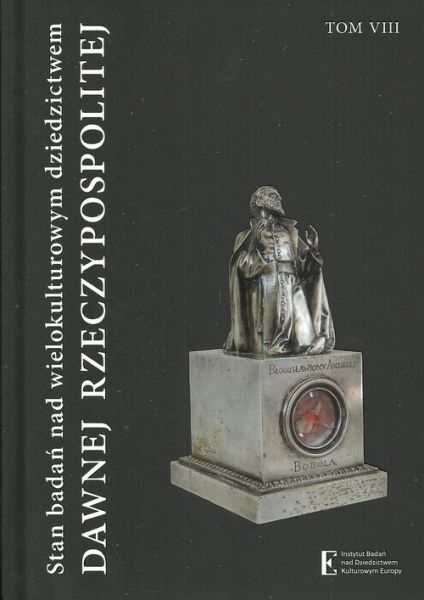ARCHITEKTURA ŁUCKA W DWUDZIESTOLECIU MIĘDZYWOJENNYM
Lutsk Architecture in the Inter-War Period
Author(s): Michał Pszczółkowski
Subject(s): History
Published by: Instytut Badań nad Dziedzictwem Kulturowym Europy
Summary/Abstract: The problem of Lutsk architecture in the inter-war period has never beenstudied by Polish scholars. Lutsk, which is one of the oldest towns of the borderland,was the most developed in the modern period, but suffered deepstagnation after the partitions. After the regaining of independence, the townbecame the capital of Volhynian Voivodeship, which gave it new developmentalopportunities. The new rank was connected e.g. with the need to constructnew buildings for many institutions. Many public buildings appeared in theinter-war period, mostly designed by well-known Warsaw architects (such asKazimierz Tołłoczko, Marian Lalewicz, or Julian Puterman-Sadłowski). Newoffice buildings were mainly located north of the historical town center. Thisway, a modern center with banks, offices and services was designed in theformer suburbs. Of special importance are objects such as neoclassical Bankof Poland designed by Stanisław Filasiewicz, edifices of the State AgriculturalBank and District Office, functionalist Post Office and Telegraph building, orthe building of the Central Fund of Agricultural Companies, representing themonumentalist trend typical of the 1930s. Residential buildings were also developingin Lutsk. All those buildings illustrate the process of transformationof architectural forms in the inter-war period from tradition to avant-garde.
Book: Stan badań nad wielokulturowym dziedzictwem dawnej Rzeczypospolitej
- Page Range: 215-252
- Page Count: 37
- Publication Year: 2017
- Language: Polish
- Content File-PDF

